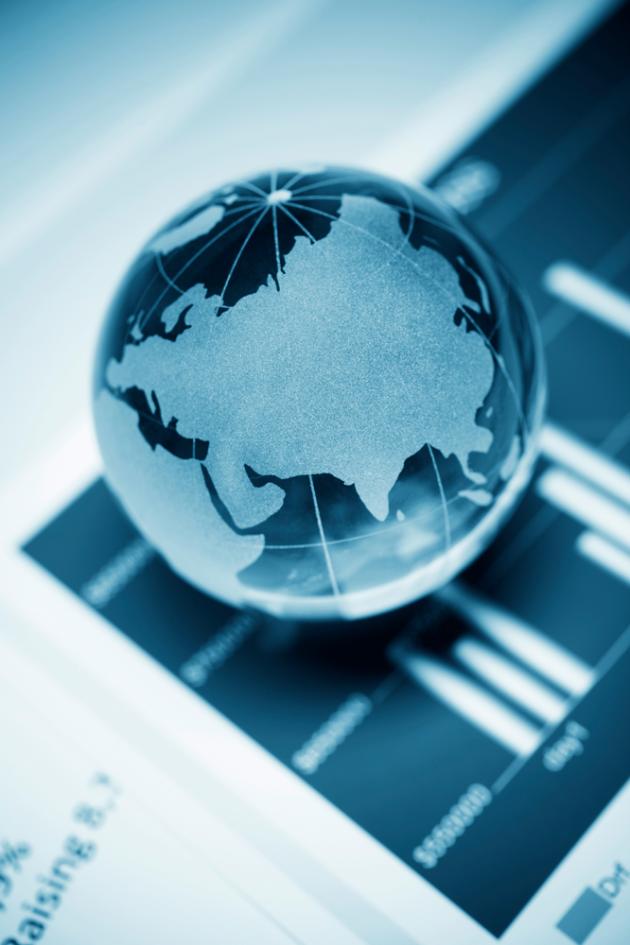‘Promotional activities should take cultural factors into account,’ stage agency says
Kazakhstan and Uzbekistan rely heavily on imported medicines, but Korean drugs’ market shares in the two Central Asian countries remain disappointing. Why?
In its recent report, Korea Health Industry Development Institute has come up with a solution: the domestic pharmaceutical companies should set up PR strategy taking into account the region’s medical culture that prefers self-treatment.

The report, titled “Information to advance to drug markets Uzbekistan and Kazakhstan,” said the market size of the Uzbek pharmaceutical industry stood at $950 million in 2015 and estimated it to grow to $1.76 billion by 2025. The report also expected Kazakh’s drug sector to grow from $1.57 billion now to $1.97 billion in 2020.
Notably, Kazakhstan’s pharmaceutical industry has expanded 10 times over the past15 years, growing most rapidly among the Commonwealth of Independent States. The imports of drug materials and end products by Uzbekistan and Kazakhstan totaled $1.14 million and $2.78 million, respectively, in 2015.
However, the shares of Korean medicines in the imported drug markets of the two countries remained at below 0.1 percent -- 0.039 percent in Uzbekistan and 0.094 percent in Kazakhstan.
Among the Korean drugs that have taken foothold in Uzbekistan are Amlodipine complex, a hypertension therapy of Boryung that has obtained patent; Aragan injection, a degenerative arthritis therapy by Dongkwang Pharm that has been exported; Amosartan tab, a high blood pressure treatment of Hanmi Pharm exported there; and the anti-inflammatory analgesic drug Clanza CR tab by Korea United Pharm which has exported its manufacturing technology.
Those which have advanced to Kazakhstan include the antihypertensive drug of Boryung that has acquired patent acquired, and DA-1229, an antidiabetic drug of Dong-A ST that exported its production technology.
“The two countries import medicines mostly from Russia, Europe, and nearby CIS countries. The imports of low-priced drugs from China and Ukraine have also increased, but the market share of Korean drugs remains insignificant. The export of material and end medical products totals less than 5 billion won ($44million),” the report said.
“As their interests in Korean products have heightened thanks to Hallyu and medical tourism, Korean businesses need to increase local people’s awareness of Korean companies and promote their products by, for instance, actively taking part in international fairs and forums,” it went on to say. “The two countries prefer self-treatment, which increases demand for generic drugs with media and advertisement exerting significant influence on consumer choices. It is important therefore to adopt a marketing strategy to make use of such cultural factors.”

